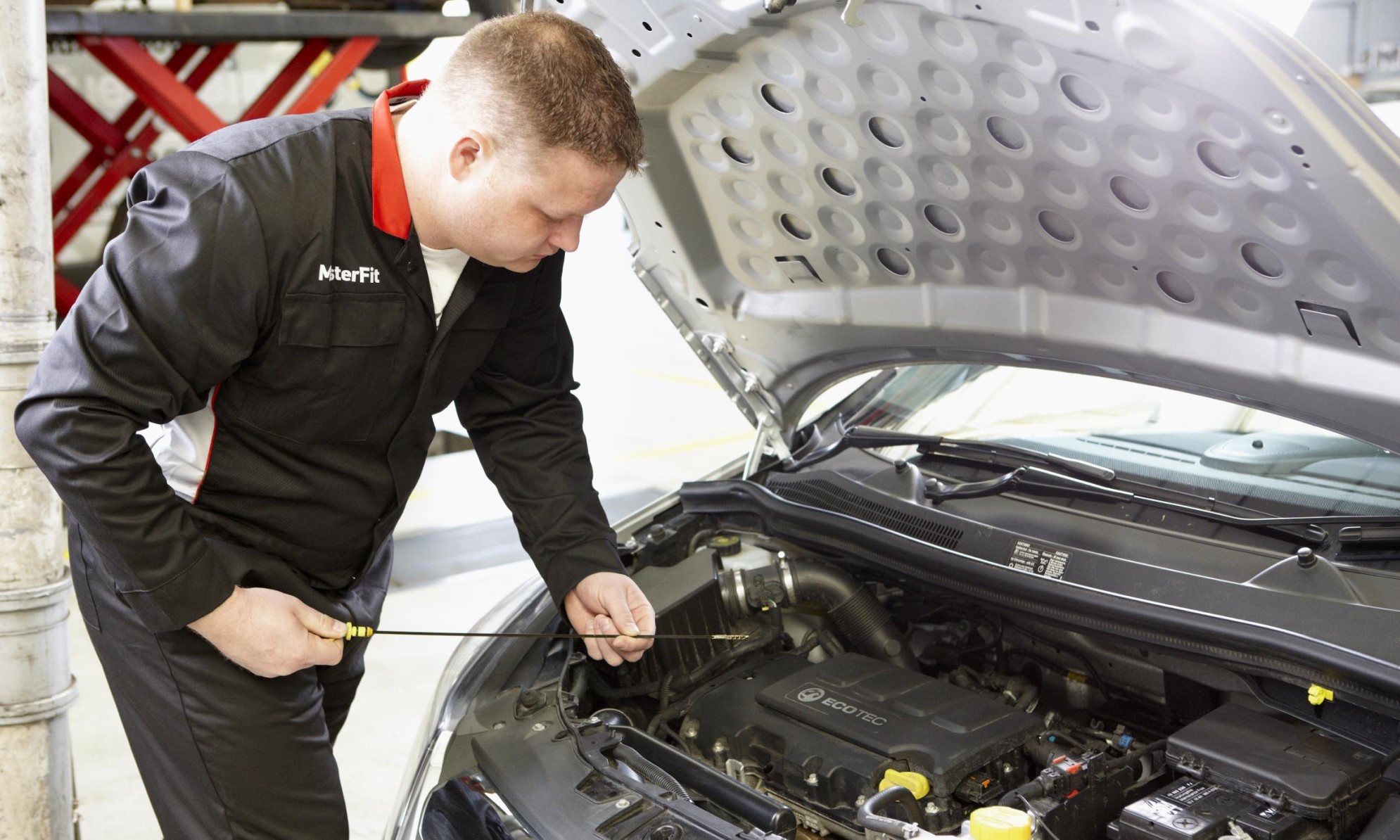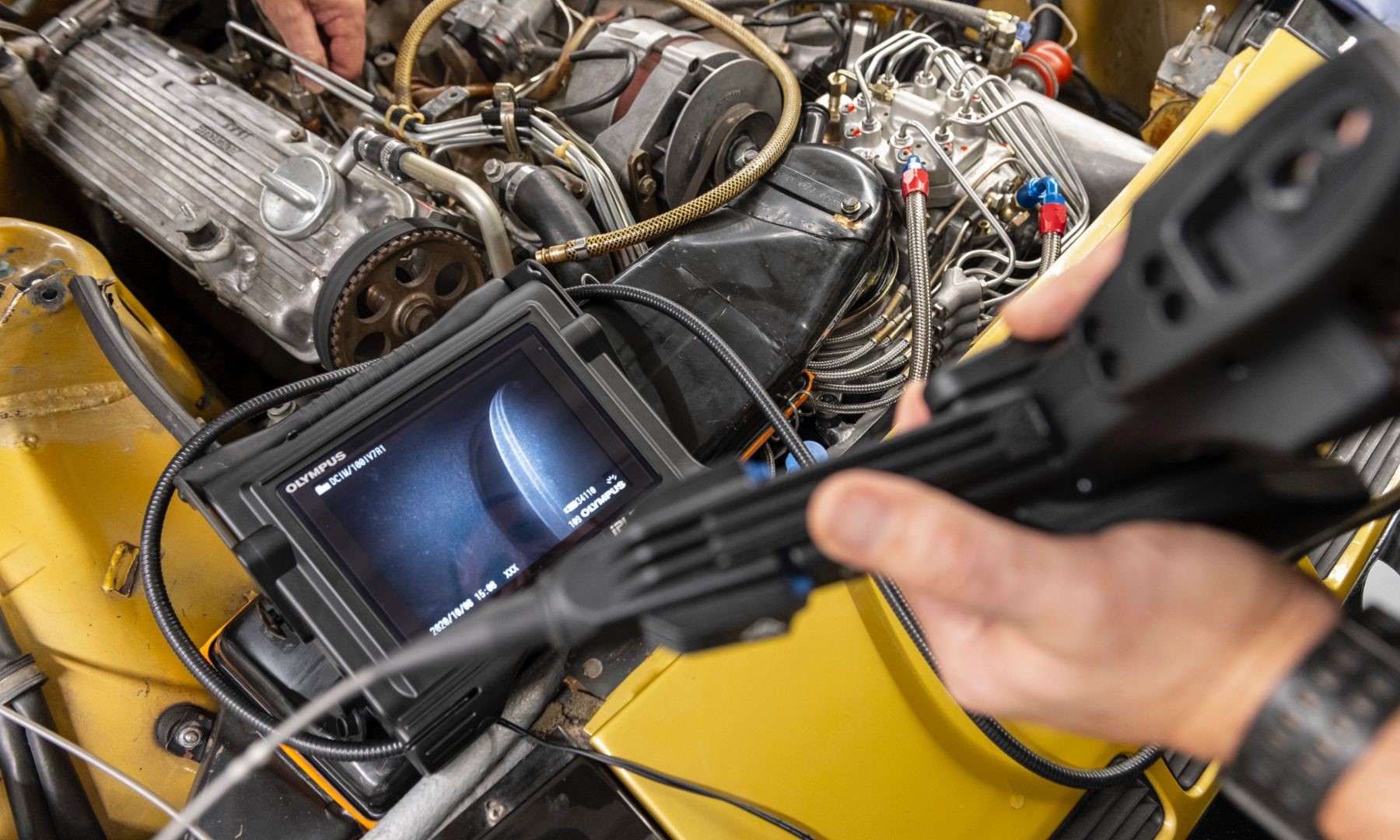Over the last few months, we’ve hosted a number of articles by Sabelo Nxele. Nxele is known on Twitter as The Car Guy. On that platform, he dispenses advice to new and first-time buyers of vehicles. His aim is to steer people in the right direction and to make informed choices. In his latest submission, he unpacks the differences between service plans, maintenance plans and warranties.
Follow Double Apex on Facebook and Instagram, where we share more car content.
You can read more of The Car Guy’s articles by clicking this link.
What is a service plan and what is a maintenance plan? These two are similar but different things and it is important to know which you have when buying a new car.
Service plans
Most new cars sold in SA today can come with a service plan. The price of this plan is added to the sale price when the new-car sale agreement is signed. This means each new car affords its owner a number of services. These are stipulated by years of ownership and kilometres travelled, whichever comes first.
For example when you see “three years/45 000 km” it means that your service plan is valid for three years if you don’t travel that much per year. If you cover a lot of mileage per year, e.g. sales reps, then your plan will last up to 45 000 km. For a car with 15 000 km service intervals, you will get in three services within the duration of the plan.
Routine work
So, how is this different from a maintenance plan? A service plan deals with just that, servicing your car. A scheduled service usually entails changing of the engine oil, replacement of pollen, fuel and oil filters and spark plugs to mention a few, and includes the cost of labour. In essence, the plan just covers a regular service. Should the workshop find something wrong with your car, that will be for your own bill.
More comprehensive
On the other hand, a maintenance plan is more comprehensive and it isn’t limited to service items. It does include routine services but adds protection for replacement and repair of various wear and tear items such as exhausts, batteries and brake pads or even clutches.
Some automakers go as far as adding windscreen wipers to the list. However, most will stop short of new tyres, so smokey burnouts are out of the question.
In essence, a maintenance plan ensures your new vehicle is maintained for the duration of the plan. The exact list of parts covered differs per manufacturer. It is therefore important to read the terms when you buy your new car, just to avoid any nasty surprises down the line.
Warranties
A warranty on a car is similar to that of any other appliance in your home eg a TV or toaster. Automakers provide, usually, a mechanical warranty that covers items that should not break or suffer failure within the warranty period. Essentially they are saying, we built this well and nothing will go wrong with it in XXX time period/kms.
Warranties vary per manufacture with the most extreme version we have seen to date offering 10 years and a million kilometres, though it does come with a proviso (read more here).
Recent shift
Until recently service plans, maintenance plans and warranties were bundled into a new car’s list price. This changed dramatically with the “Right to Repair” (RTR) rules as set out by the Competition Commission. Now owners have the right to refuse the OEMs service and/or maintenance plan.
Instead, you can choose to get your new car serviced at an accredited workshop, at their rates, and still have the warranty honoured by the automaker in question. The RTR campaign was only mandated in the middle of 2021 and we’ve yet to hear of anyone testing the new rules.
When structuring a deal on your car, it would be wise to enquire with the dealership whether your car is protected by a service plan or a maintenance plan if not get one or the either should budget allow. Remember that you can even get a service or maintenance plan from a third-party provider.
Read the fine print
Most manufacturers will honour service plans, maintenance plans and warranties even when a car moves ownership. Although the second owner just gets the benefit of the remaining balance. As with any contract, it is imperative to read the fine print to know what you are buying into.
With additional reporting by Sudhir Matai.








Leave A Comment